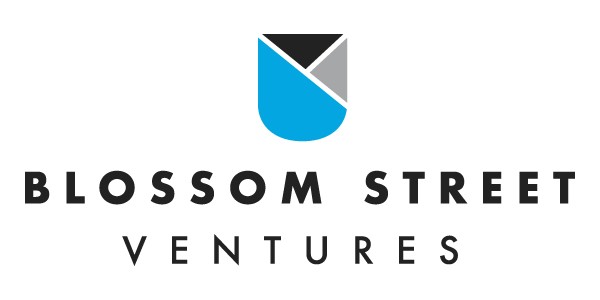
SaaS spend ratios on R&D/S&M/G&A
The general rule of thumb for spending in SaaS is 40/40/20. In other words, 40% of operating expense should be on R&D, 40% should be on sales and marketing, and 20% should be on G&A. Rules of thumb are just generalizations, so we wanted to see what the data really is. 73 SaaS companies have gone public since October 2017 and below are their margins. Perhaps the rule of thumb should be 30/50/20. The data is below.
30/50/20. On median, 26% of opex is R&D, 48% is on sales and marketing, and 22% is on G&A. So we believe “30/50/20” on R&D/S&M/G&A may be more accurate.
There are outliers. Rules of thumb are just general guidelines, and sure enough there are significant outliers. 45% of Dropbox’s spend was on R&D while only 13% of Zoom’s spend was on R&D. Similarly, 73% of Zoom’s spend was on sales & marketing, Dropbox spent only 37% on S&M, and Bill.com spent 28% on S&M. Snowflake spent a whopping 130% of revenue on S&M and indeed their EBITDA margin is the worst of the bunch at -192%.
Don’t let G&A be the outlier. Obviously you should minimize spend on G&A. Building product and selling it should be the priorities. Cloudflare, Sendgrid, Snowflake, and Palantir are violators of this mantra (they spend 36%, 34%, and 37%, and 43% of opex on G&A).
COGS isn’t 20%. The other rule of thumb that needs to be debunked is that COGS is 20% of revenue. As you can see, the median and averages are 29%.
Where is the profitability? We put together simplified operating income calculations based on the data (Revenue – COGS – R&D – S&M - G&A). Only 20 out of the 73 companies had positive operating income at IPO. Not only that, but the median and average operating income margins are an anemic -21% and -27%.
Indeed, software is forgiving: so long as you’re growing fast, have excellent retention, and marquee customers, you’re allowed to burn cash as recurring revenue that doesn’t churn is an annuity with tremendous value.
Overall we found the data to be really compelling: 30/50/20 is the new 40/40/20 for more established SaaS businesses, unprofitability is ok so long as your business fundamentals are solid and you’re growing, and COGS is allowed to be slightly higher than 20% of revenue.
Sammy is the Managing Partner and Co-Founder of Blossom Street Ventures. Visit us at blossomstreetventures.com and email directly at sammy@blossomstreetventures.com. We invest in companies with run rate revenue of $3mm to $30mm, with year over year growth of 20% to 100%+ depending on revenue. We lead or follow in growth rounds and special situations like inside rounds, small rounds, rushed rounds, corralling investors with our term sheet, cap table clean up, and extensions. We can commit in 3 weeks and our check is $1mm to $4mm. Also visit https://blossomstreetventures.com/metrics/ for always up-to-date SaaS metrics.


Consultant | MBA from SPJIMR -PGPM Co'20 |Sales & Strategy |Certified Product Owner
4moInteresting post.Just wondering what would be the change this year
Ivey MBA 2023 | Corporate Development
8moThis is great work Sammy Abdullah. Just had a quick question on the source that you used for the financials. Are the revenues based on TTM or the most recent full year financials as of Aug-2022?
Travel Technology & e-commerce, Travel agency Digital Transformation | Amadues Global Tech Partners
1yVery valuable info, thanks for sharing
CFO at Scandit
1yThanks for sharing!
Business Strategy & Corporate Development
1yVery valuable info, thank you for sharing! Curious about how does this 30/50/20 rule changes for early-stage SaaS companies?